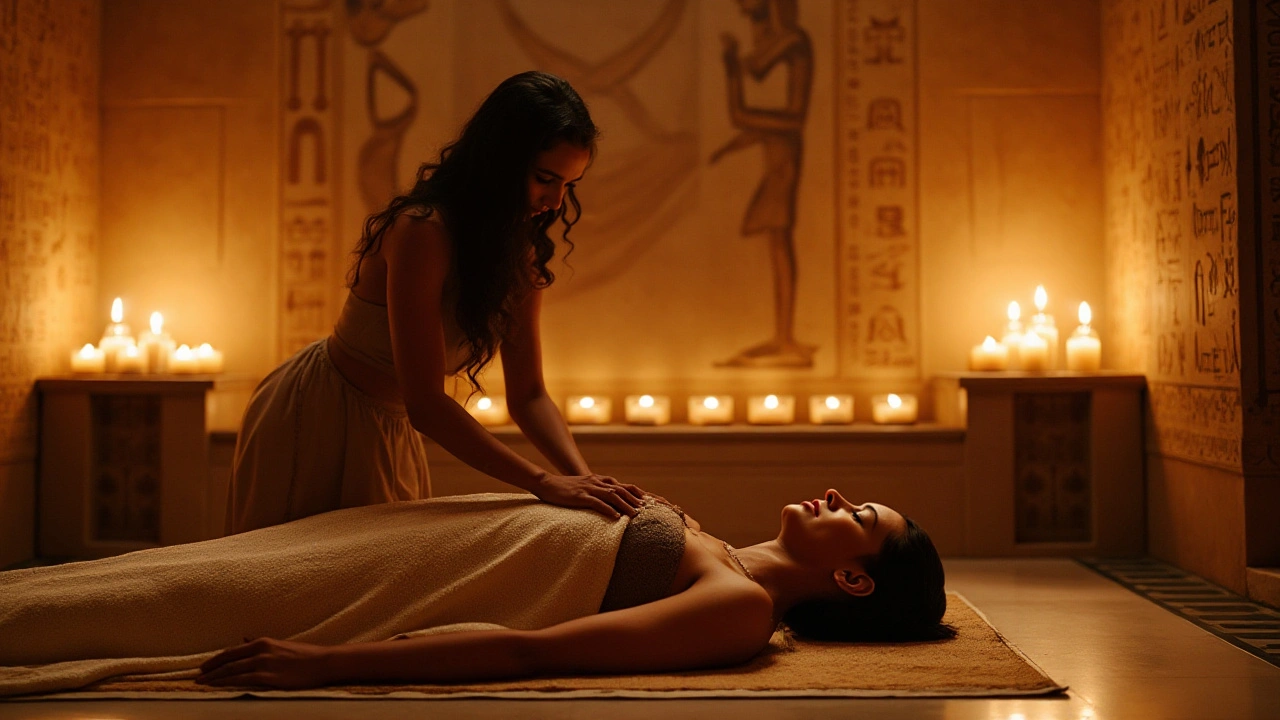
The Sensual Evolution of Massage: From Ancient Rituals to Modern Techniques
Massage therapy has traversed centuries, evolving from ancient rituals to a cornerstone of modern wellness. This exploration weaves through time, revealing the sensual practices of ancient civilizations and detailing how massage has transformed into a sophisticated and holistic practice today. As a professional masseuse, understanding this rich history enhances the depth and sensitivity of your technique. This narrative offers a provocative insight into the development of massage, highlighting how intimacy and connection through touch have remained timeless.
View More